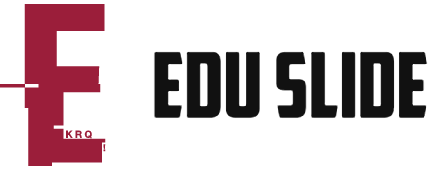When we ask, what is secondary education, we must first understand what secondary schools are. They provide opportunities for students to develop important life skills. They also serve as a bridge to higher education. Secondary schools offer students the opportunity to learn about their talents and develop self-confidence. There are many different types of secondary education. Let’s look at some of these important purposes. This article will discuss some of these purposes and how secondary education can improve your life.
Providing students with opportunities to learn life skills
Creating the right environment for a life-skills education is critical in promoting positive change. The current educational climate is not conducive to developing these skills. In addition to a general education curriculum, it is necessary for secondary students to be exposed to practical work-related experiences. In this way, students can learn to adapt to the changing needs of the workplace and ultimately, become more employable. However, this requires fundamental reforms in teacher education and classroom teaching.
As a student, you should have the opportunity to learn and practice how to communicate your feelings and views. You should know how to respect other people’s opinions and values. Learning to communicate effectively is another skill that is essential. A good life skills education program sets students up for success in the future. Life is full of decisions, and small ones can change a person’s entire course. A good life skills education program prepares students for these moments and helps them become successful citizens.
Providing a bridge to higher education
Many students want to attend a four-year university after completing their secondary education. A bridge year program may be a viable option for students who wish to complete their education at a community college and transfer to a four-year university. The ASMS Learning Studies Programme offers support and guidance to students who wish to learn independently. It also ensures that students transfer credits from community college to university. While the impact of a bridge year is unknown, it does have a positive impact.
Helping students develop self-confidence
As an educator, you can develop a student’s self-confidence by focusing on the skills he or she needs to succeed in school. You should avoid encouraging students to create their goals randomly. Rather, you should listen to their concerns and help them come up with realistic and attainable goals. You can help students monitor and assess their progress by writing down their goals. Encourage them to work harder to reach their goals.
The most powerful strategies for developing self-confidence in students are those that promote resilience and self-esteem. Encourage students to focus on their own strengths rather than those of others, and back up their positive comments with action and encouragement. Taking the time to celebrate the positive aspects of students can help them feel more confident, and it is particularly helpful for at-risk students and learners with disabilities. In addition to these techniques, teachers should recognize the importance of having a positive attitude.
Preparing students for post-secondary education
Secondary education helps students prepare for post-secondary education by providing the necessary skills and knowledge to succeed in college and career. Many schools offer a variety of post-secondary programs, including community and technical colleges, four-year colleges, military training, and vocational and career schools. Other programs may include adult basic education classes, short-term vocational schools, and on-the-job training. A transition planning team will evaluate the student’s post-secondary readiness based on these skills.
As students progress through high school, academic adjustments should be more in line with the post-secondary environment. For example, unlimited time on exams should be replaced with 50% or 100% more time. Some students who take high school advanced courses will not be able to access these options once they reach post-secondary education, so teachers and students must be aware of their post-secondary options early in their academic career.

